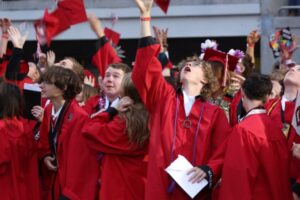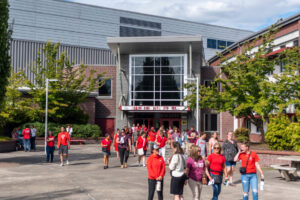Camas High School environmental teacher Jennifer Dean is one of 35 teachers from across the nation selected by the National Oceanic and Atmospheric Administration (NOAA) to be a part of its Teacher at Sea program, which provides educators with real-world science research experiences.
The program had nearly 300 teachers vying for the opportunity to assist scientists in research, and Dean won one of the coveted spots.
She will embark on a 13-day endeavor to survey six marine-protected areas off Florida’s Atlantic coast on the NOAA Ship Pisces, a fisheries and oceanographic research vessel that sets sail on May 12, from Mayport, Florida.
She had considered becoming a research scientist before going into education, Dean said, but the birth of her first child changed her career trajectory.
Still, Dean said she loves doing research outside of the classroom because the nature of science is based on the discovery of new things.





